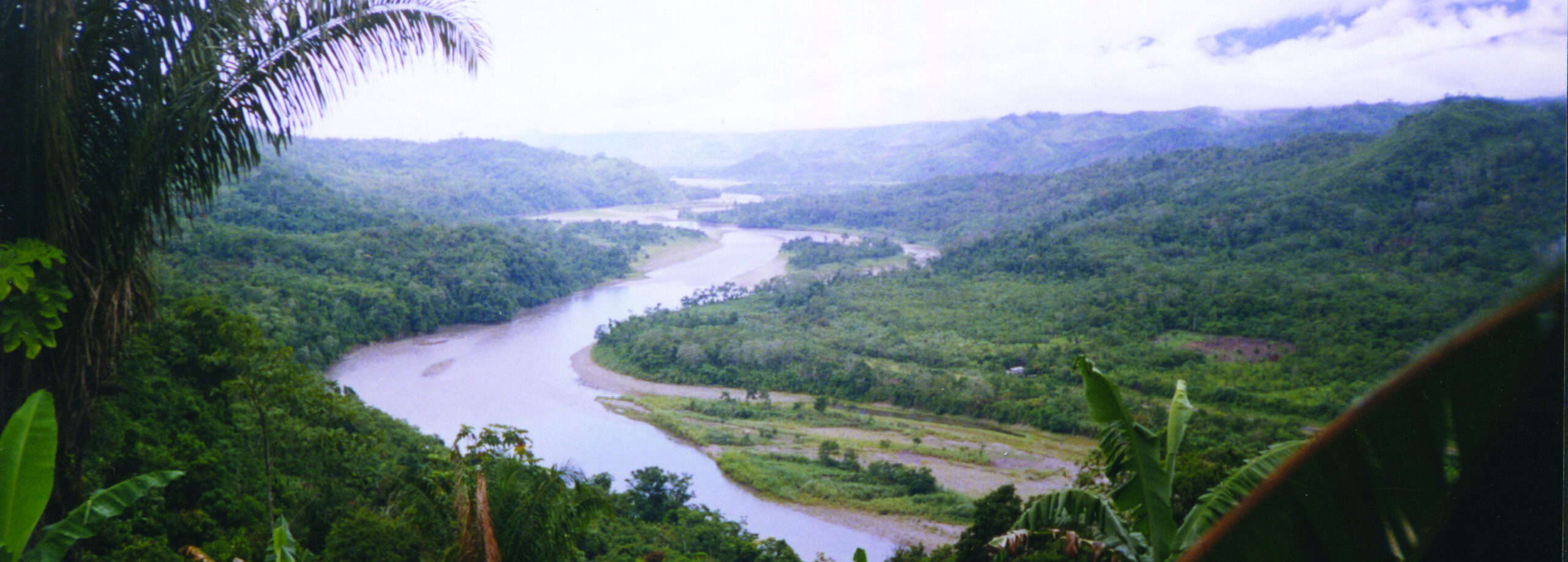
Encouraging Climate Optimism in Peru
PIER Workshops Harness Resources to Build Resilience
Anna McMurray

“Between 1962 and 2016, Peru lost over 54 percent of its total glacial area.”
“More intense rain events are expected, especially during El Niño years, increasing the risks of floods and landslides.”
These were among the sobering facts about climate change that my team and I presented during workshops we delivered on behalf of the U.S. State Department-funded Private Investment in Enhanced Resilience (PIER) project in Peru recently. The PIER project is working in Peru and other countries to increase private financing for measures that bolster resilience against climate change.
In Peru — a remarkably diverse country already suffering from increased temperatures, shifts in precipitation patterns, and more frequent and intense weather events — we’re supporting the government in identifying new ways to apply its existing Obras por Impuestos (“Works for Taxes”) program. Obras por Impuestos, also known as Oxi, allows private companies to directly finance and implement priority public investment projects in lieu of paying income taxes. Climate resilience has not been an important component in the mechanism — yet.
We worked with the Peruvian Agency for the Promotion of Private Investment (ProInversión) and the Alliance for Obras por Impuestos (ALOXI) to organize a series of workshops in the cities of Lima, Huaraz and Cusco to help participants better understand climate impacts and ways that investments could be made more climate-resilient. Participants included ProInversión staff based throughout Peru, public servants at both the national and regional level, and representatives of ALOXI member companies.
During these workshops, I could sense that participants were uneasy about the sobering information I was presenting. So my colleagues Glen Anderson and Roger Salhuana and I helped them explore how private and public actors can help reduce vulnerability and enhance resilience.
We primarily explored the types of infrastructure projects that would qualify under the Oxi mechanism:
1) Reduced exposure to climate change impacts, such as relocating infrastructure to safer areas and accounting for climate risks when selecting sites for new infrastructure;
2) Reduced sensitivity to climate change impacts, such as design changes in infrastructure to reduce damages when exposed to disasters such as floods and landslides; and
3) Enhanced adaptive capacity to avoid, confront, or recover from climate change impacts, such as by augmenting water supply through infrastructure to collect and store rainwater and glacial meltwater to better prepare for periods of water scarcity.
I walked away feeling energized by the participants’ enthusiasm for the proposed solutions and their eagerness to begin thinking about how to address climate risks.
The PIER team is currently in discussions with ProInversión, ALOXI and other workshop participants about the next steps to promote resilient Oxi projects as well as other public-private partnerships (PPPs) — including capacity-building to incorporate climate considerations in investments, developing criteria for assessing climate risks in PPPs, and working with regional partners to promote resilience in specific Oxi projects.
There are still many hurdles to tackle before climate adaptation is mainstreamed into private sector investments in Peru, but I’m hopeful these workshops served as a meaningful step in increasing the use of public and private resources to improve resilience in this vibrant country.
Related Projects

